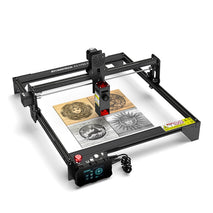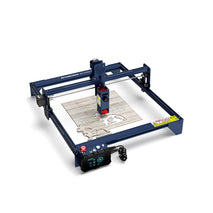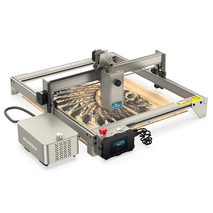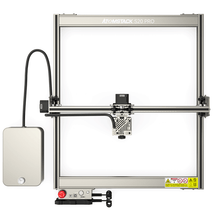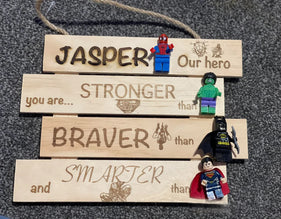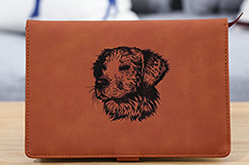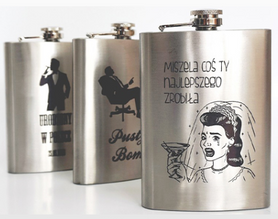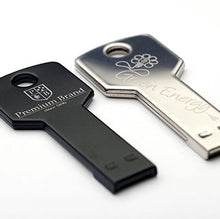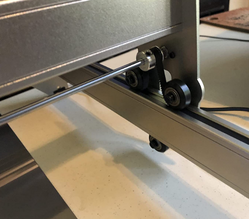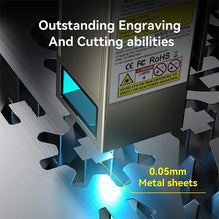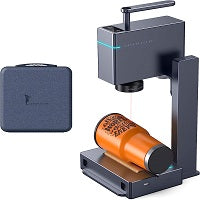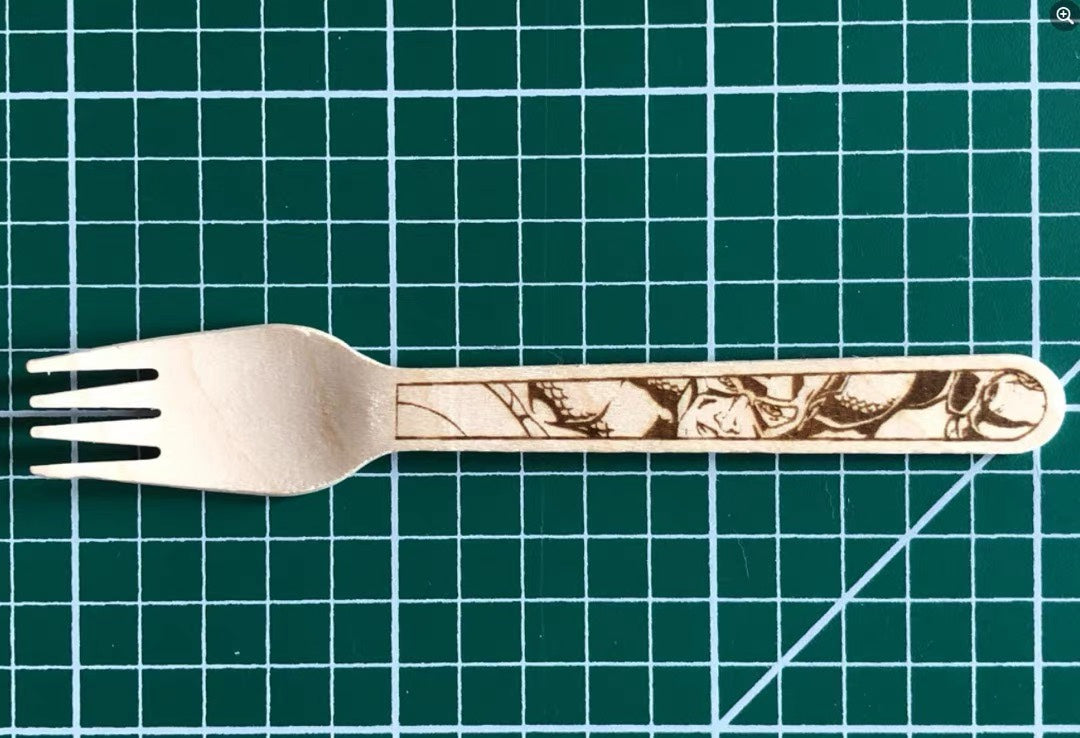
What is laser engraving and how does it work?
Laser engraving is a process in which material is vaporized into a smoke to engrave a permanent, deep mark. The laser beam acts as a chisel, cutting the mark by removing layers from the surface of the material. The laser hits a localized area with a lot of energy, creating the high heat needed for vaporization.
Should You Choose Laser Engraving or Laser Etching?
To choose the right laser marking process, you should rely on three factors:
Marking Resistance: Ability to remain legible in harsh conditions
Laser marking speed: marking time to prevent production bottlenecks
Marked material: its compatibility with marking methods
Laser engraving technology is commonly used to engrave metal workpieces that are subject to various types of wear or surface treatment. Metal engraving works on steel and aluminum (including anodized and die-cast aluminium).
The most outstanding feature of this process is the ability to engrave QR codes and maintain high readability after post-processing. These treatments include shot peening, e-coating and heat treatment, solving the most complex traceability issues.
But if the strongest identifiers do not need to be engraved, laser etching is usually preferred because it is a high-speed method that is less dependent on ablation.
You can laser etch a wider range of materials including steel, aluminum, anodized aluminum, lead, magnesium and zinc.
There is also a unique method called laser annealing that can mark metals such as stainless steel.
From solid to gas: how it works
Laser etching melts the surface of the material to change its roughness, while laser engraving sublimates the surface of the material to create deep crevices. This means that the surface immediately absorbs enough energy to change from a solid to a gas without becoming a liquid.
To achieve sublimation, a laser engraving system must generate enough energy to bring the surface of the material to its vaporization temperature within milliseconds. Considering the extreme temperatures required for sublimation, laser engravers are very powerful tools.
When the material reaches this temperature, it evaporates into smoke. Therefore, when you purchase a laser system, it should always be equipped with a fume extraction system to protect the working environment and an air knife to protect the laser lens.
Fiber lasers are ideal for engraving because the wavelengths they produce react well with metals.
How do I engrave high-contrast, high-quality marks?
If you look at the enlarged image below, you can see the messy surface that the laser engraving created.
Laser engraving produces darker permanent marks because the light is trapped in the deeper crevices (engraving depths of up to 0.5mm).
There are two ways to create contrast when laser engraving a surface.
The first engraving method creates a contrast between the bare material and the engraved black mark. This method is only recommended when the bare material is light enough to produce high contrast.
The second engraving method achieves higher quality contrast because it etches black and white marks. With this method, the laser system uses both laser engraving (creating a black mark) and laser etching (creating a white mark) at the same time.
Find a Laser Engraver
If you are looking for a laser engraver, this list will help you find the right laser:
To integrate custom solutions yourself or with an integrator, check out our OEM marking systems, including many types of lasers for industrial applications. Our range of laser systems includes fiber lasers and CO2 lasers.
For turnkey automated or semi-automated laser solutions, see our integrated laser machines page.
To find information specific to the metal you want to mark, scroll through the list of engravers and metals. If you need guidance, you can always ask an expert.
More information on laser marking and engraving
In addition to etching and engraving, other laser technologies can also be used to mark logos and identifiers, such as barcodes and serial numbers.
Should You Choose Laser Engraving or Laser Etching?
To choose the right laser marking process, you should rely on three factors:
Marking Resistance: Ability to remain legible in harsh conditions
Laser marking speed: marking time to prevent production bottlenecks
Marked material: its compatibility with marking methods
Laser engraving technology is commonly used to engrave metal workpieces that are subject to various types of wear or surface treatment. Metal engraving works on steel and aluminum (including anodized and die-cast aluminium).
The most outstanding feature of this process is the ability to engrave QR codes and maintain high readability after post-processing. These treatments include shot peening, e-coating and heat treatment, solving the most complex traceability issues.
But if the strongest identifiers do not need to be engraved, laser etching is usually preferred because it is a high-speed method that is less dependent on ablation.
You can laser etch a wider range of materials including steel, aluminum, anodized aluminum, lead, magnesium and zinc.
There is also a unique method called laser annealing that can mark metals such as stainless steel.
From solid to gas: how it works
Laser etching melts the surface of the material to change its roughness, while laser engraving sublimates the surface of the material to create deep crevices. This means that the surface immediately absorbs enough energy to change from a solid to a gas without becoming a liquid.
To achieve sublimation, a laser engraving system must generate enough energy to bring the surface of the material to its vaporization temperature within milliseconds. Considering the extreme temperatures required for sublimation, laser engravers are very powerful tools.
When the material reaches this temperature, it evaporates into smoke. Therefore, when you purchase a laser system, it should always be equipped with a fume extraction system to protect the working environment and an air knife to protect the laser lens.
Fiber lasers are ideal for engraving because the wavelengths they produce react well with metals.
How do I engrave high-contrast, high-quality marks?
If you look at the enlarged image below, you can see the messy surface that the laser engraving created.
Laser engraving produces darker permanent marks because the light is trapped in the deeper crevices (engraving depths of up to 0.5mm).
There are two ways to create contrast when laser engraving a surface.
The first engraving method creates a contrast between the bare material and the engraved black mark. This method is only recommended when the bare material is light enough to produce high contrast.
The second engraving method achieves higher quality contrast because it etches black and white marks. With this method, the laser system uses both laser engraving (creating a black mark) and laser etching (creating a white mark) at the same time.
Find a Laser Engraver
If you are looking for a laser engraver, this list will help you find the right laser:
To integrate custom solutions yourself or with an integrator, check out our OEM marking systems, including many types of lasers for industrial applications. Our range of laser systems includes fiber lasers and CO2 lasers.
For turnkey automated or semi-automated laser solutions, see our integrated laser machines page.
To find information specific to the metal you want to mark, scroll through the list of engravers and metals. If you need guidance, you can always ask an expert.
More information on laser marking and engraving
In addition to etching and engraving, other laser technologies can also be used to mark logos and identifiers, such as barcodes and serial numbers.
Older Post
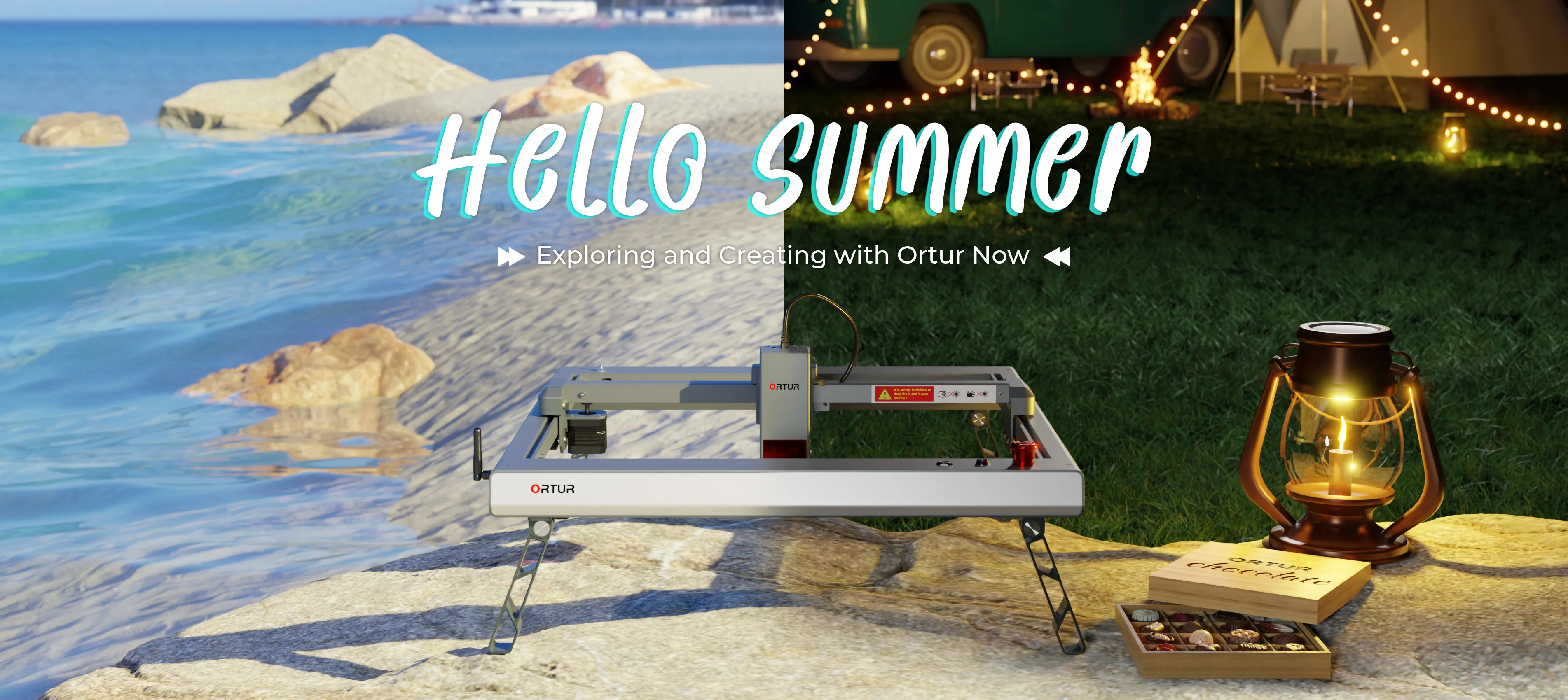 Newer Post
Newer Post
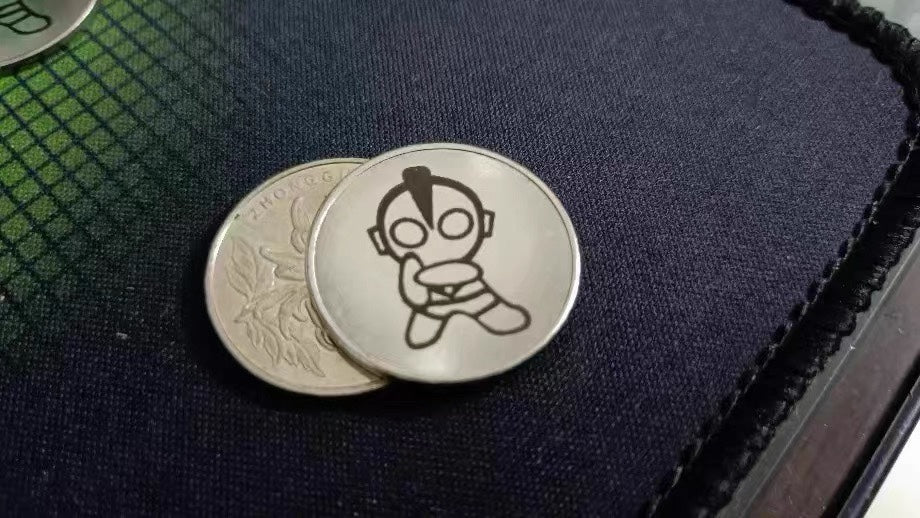
Burn your summer creations with Ortur

Several steps of how laser marking works


